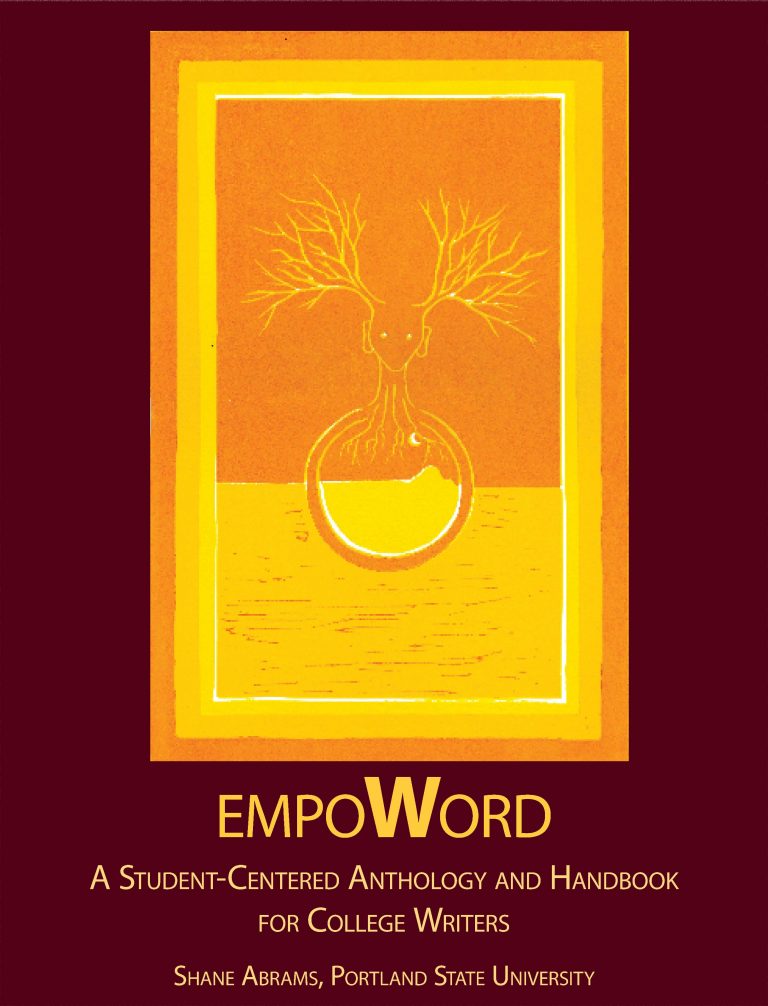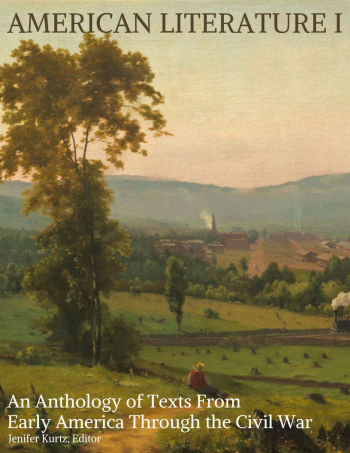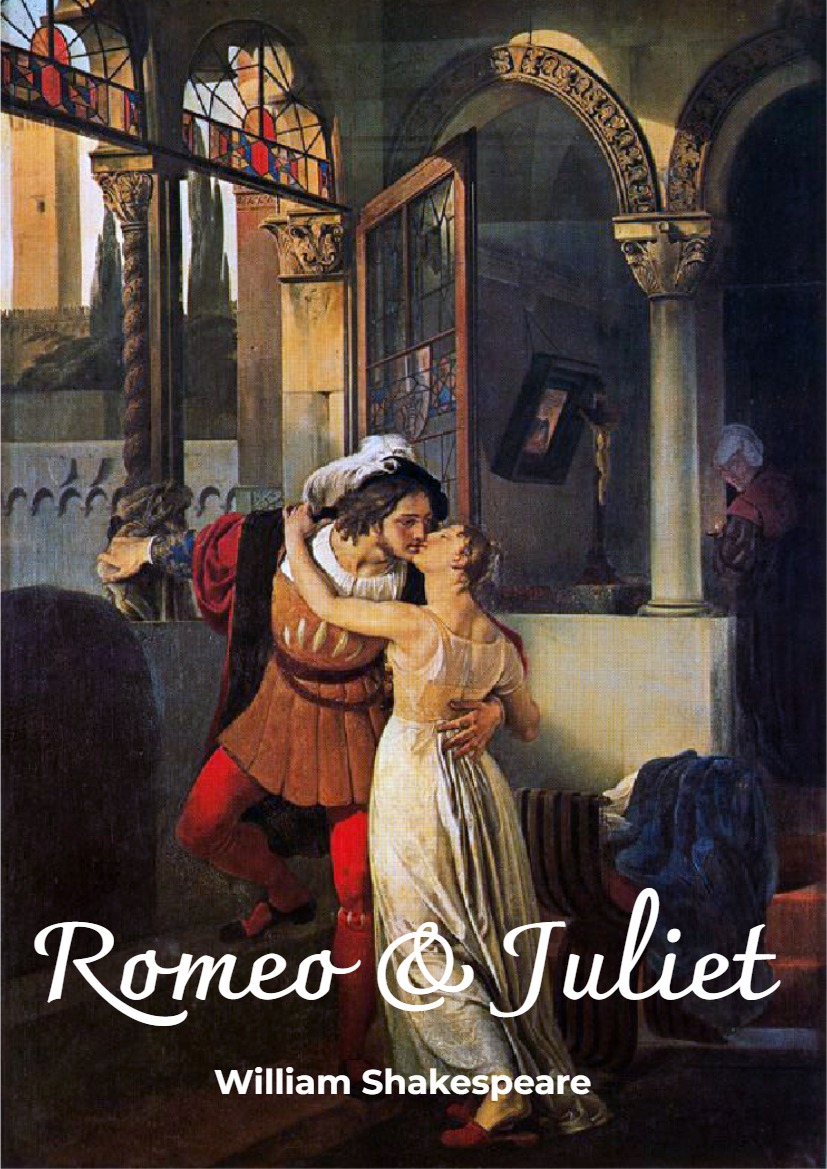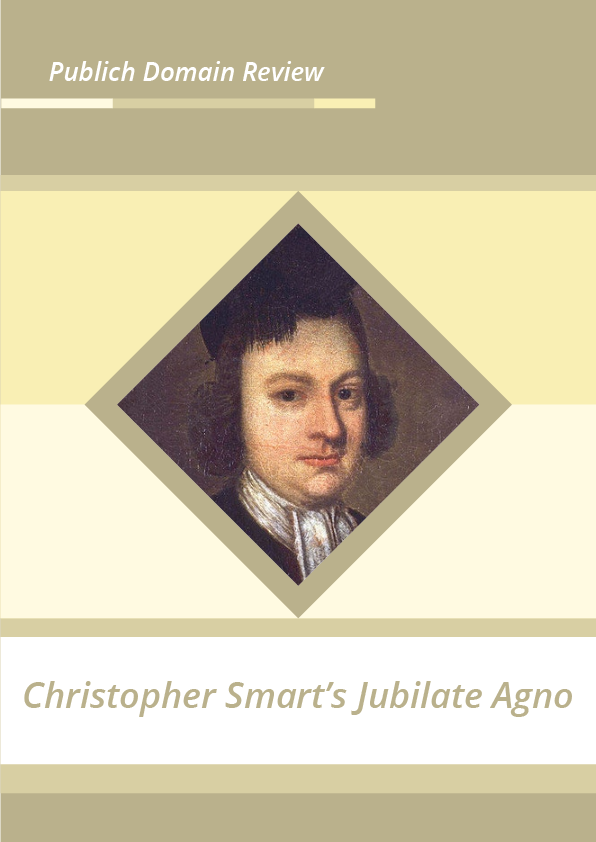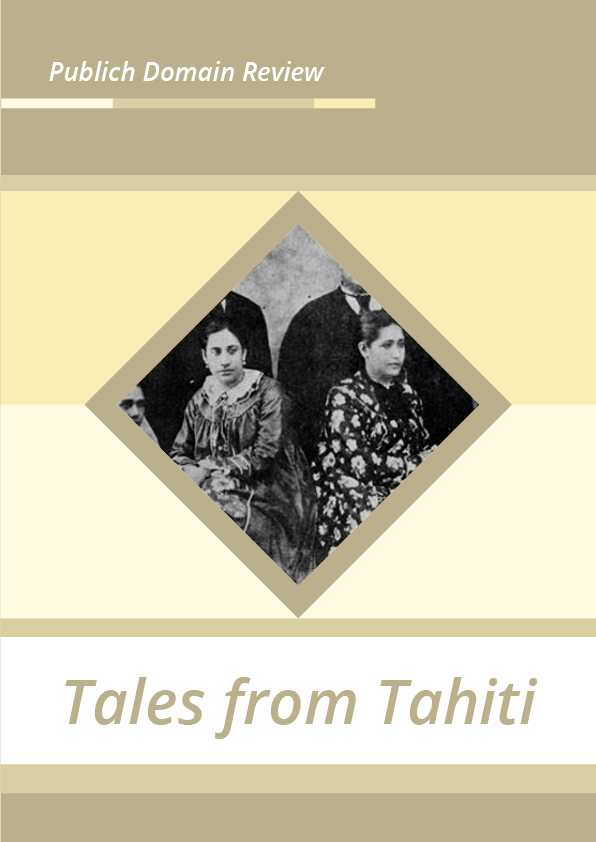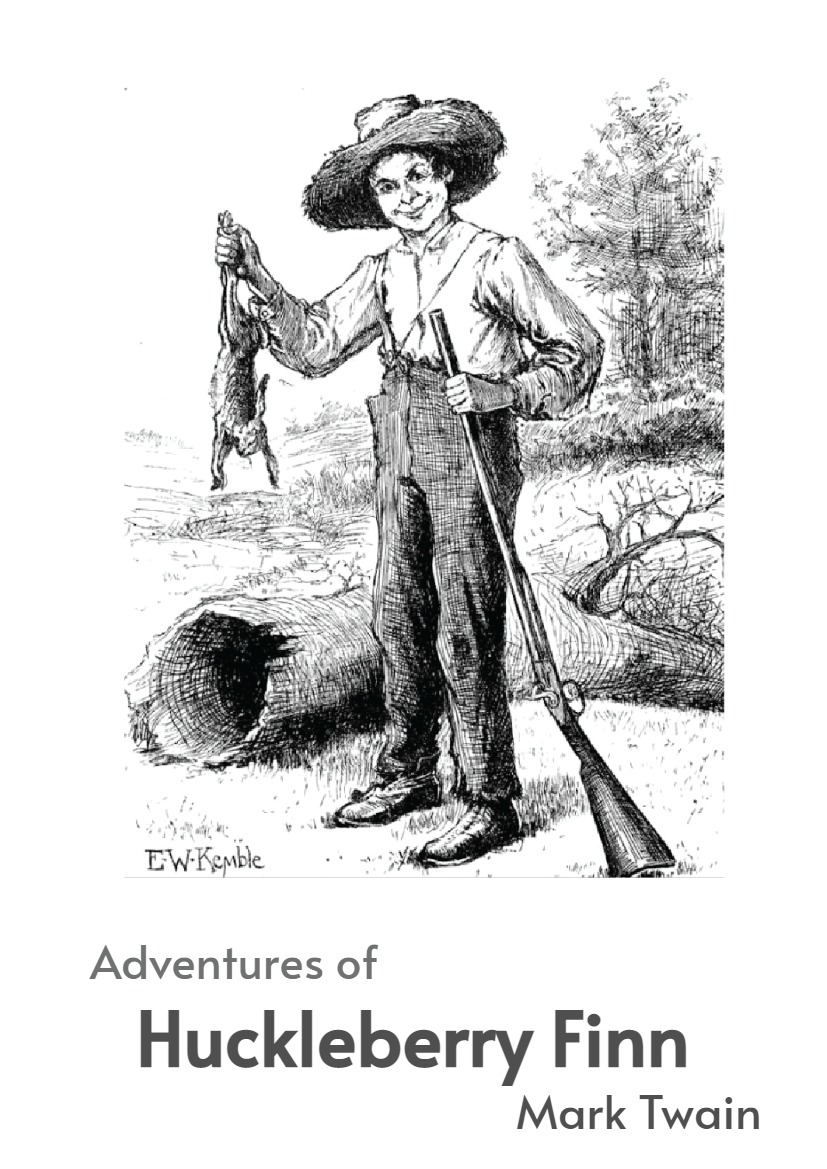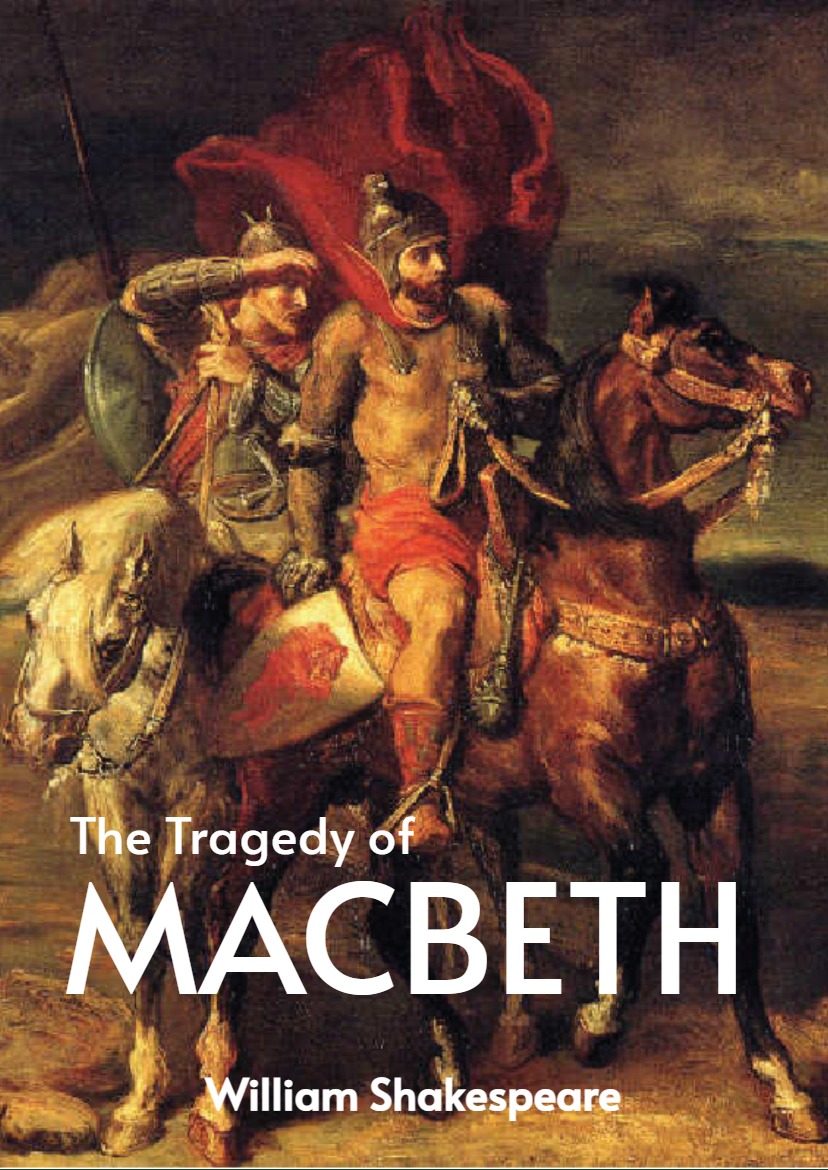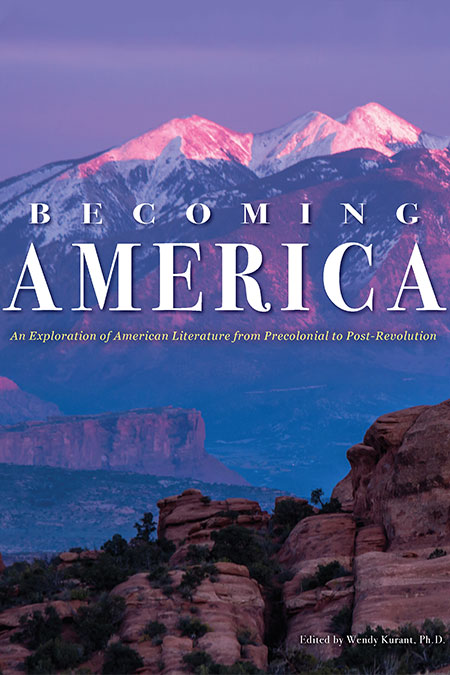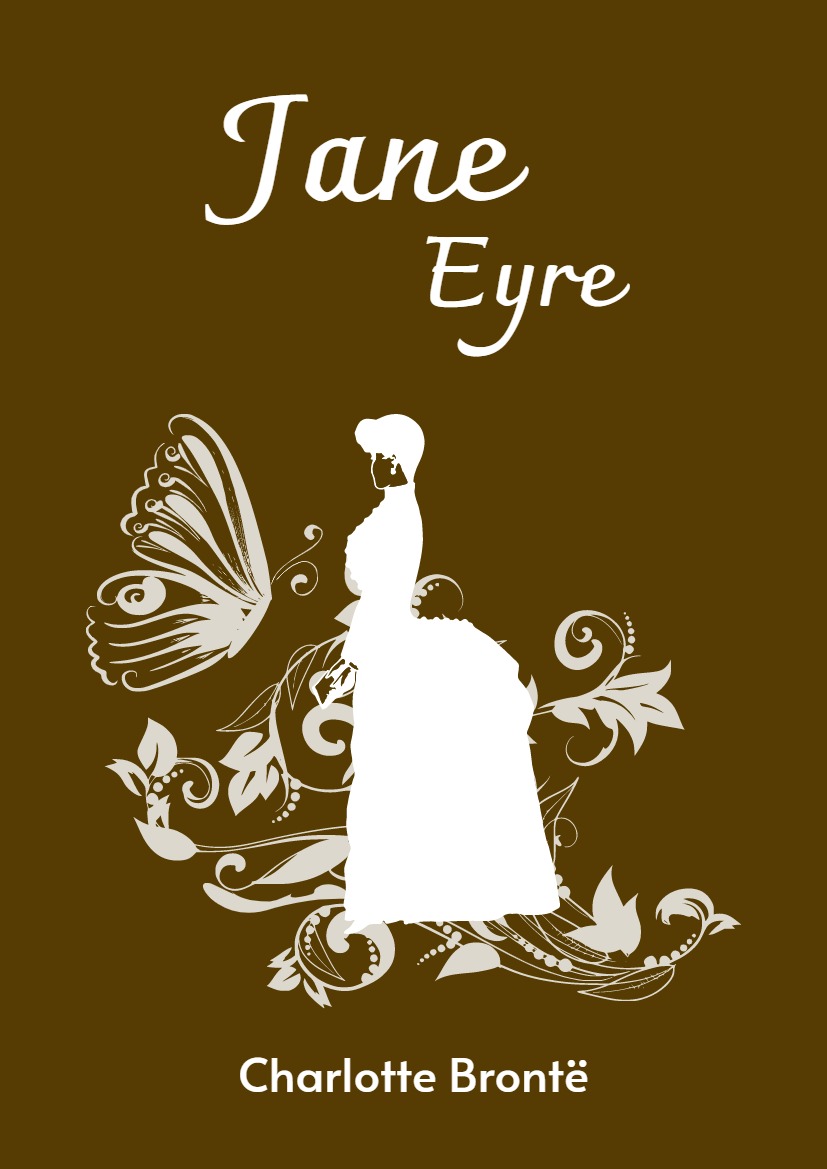Student-Centered Writing and Learning Communities
Before going any further, I want to acknowledge one major goal of this text: to advocate for student-centered pedagogy that fosters learning communities. Most of the texts that make this a reader-rhetoric are actual student work that I’ve encountered over my career as a teacher. This is a deliberate choice which responds to a problem that I have observed: the texts in anthologies are almost always and almost exclusively by professional writers. While this sets, perhaps, a higher standard, it also trains students to think that polished, publishable, and impactful writing is not accessible to them—that it is a different echelon of creativity and mastery. It teaches them that they should imitate the people who write well with the understanding that their writing will never be quite as good.
By the same logic that representations of people of color, different genders, different ability statuses, and so on are important to those who experience oppression, representing student writing in this book allows students to envision themselves in the role of author. This text showcases outstanding student work as evidence that students are very capable of producing beautiful, moving, thorough, thoughtful, and well-informed rhetoric.
To this end, I have edited student work as minimally as possible, foregoing stylistic and some mechanical issues. The use of student writing, in addition to its primary objective of representation, also relates to this book’s focus on writing as process, not product. We’ll discuss this further in the General Introduction, but I want to give you fair warning that the student essays included here would not meet some readers’ standards of “perfect.” They exemplify some strategies very well, but may fall short in other domains. Therefore, it’s important to regularly remind students that no text is perfect; no text is free of bias or ideology. The texts might spark discussions; they might serve as exemplars for assignments; they could even serve as focus texts for analysis. Regardless, though, I encourage you to read critically with your students, unpacking not only the content but also the construction of the rhetoric itself.
Professional authors and teachers know that a piece of writing is never actually finished—that there are always ways to challenge, reimagine, or polish a text. I encourage you to teach both professional and student model texts with this in mind: ask your students, What does this author do well, and what could they do better? In what ways are they fulfilling the imperatives of the rhetorical situation, and what advice would you give them to improve? To support this critical perspective, each text included in the main sections of the book is followed by a “Teacher Takeaway”: ideas from college professors reacting to the work at hand. While these takeaways are not comprehensive, they offer a starting point for you and your students to interpret the strengths of a model text.
I see student-centered curriculum as necessarily invested in what I call learning community. No matter how much support I provide for my students, their opportunities for growth multiply exponentially with the support of their classmates and college resources (like a Writing Center or research librarian). I build a good deal of time into my classes for community-building for a handful of reasons:
- Writing doesn’t exist in a vacuum. Almost all writing involves an exchange between a writer and their audience. Even on the professional level, the best writing is produced collaboratively, using feedback from a cohort of trusted peers. However, many of our students have been trained to believe that their schoolwork is their business and no one else’s—or, at best, that their sole audience is the red-pen-toting teacher. Instead, this text emphasizes collaboration to model real-world writing situations.
- Writing is hard. Writing is hard because learning is hard: growth only occurs under challenging circumstances. Additionally, whether our students are writing a personal narrative or a research essay, they are putting themselves in a position of vulnerability. While the concept of an entirely “safe space” is largely a myth, it is important that they feel supported by their classmates and their instructor to ensure that this vulnerability is productive.
- Communities are, to some extent, horizontal. The vertical power dynamic that plagues many college classrooms, where the all-knowing teacher deposits knowledge into their ignorant students, must be dismantled for true learning to take place. Students need to be able to claim the knowledge and skills they build in the classroom, and they can only do so if they feel they have a stake in the mission and operation of the class.
- Communities have shared goals and values, but also diversity within them. Each member might have a different path to those goals, might have different needs along the way, might have additional individual goals—but there’s value in acknowledging the destinations we pursue together.
- Learning communities are not just communities of learners, but also communities that learn. I’ve taught awesome classes, and I’ve taught classes that I dreaded attending. But all of those classes have had one thing in common: they were never exactly what I expected. It is crucial to acknowledge that no matter how much planning we do, our communities will have unanticipated strengths, needs, successes, and failures. Communities that learn adapt to their internal idiosyncrasies in order to make shared goals more accessible to everyone. Furthermore, the skills and concepts for building community that your students learn with carry them forth to shape their future communities.
I will take a moment to clarify: the concept of the learning community is not simply a classroom management technique or a pedagogical suggestion. Rather, I find the learning experience inherent in building and sustaining a community to be inextricable from learning about composition. Developing writers have more to offer one another than any textbook could. Although this book seeks to provide pragmatic and meaty instruction on writing skills, it is from this core assumption that I operate: Writers write best among other writers. Learners learn best among other learners.
